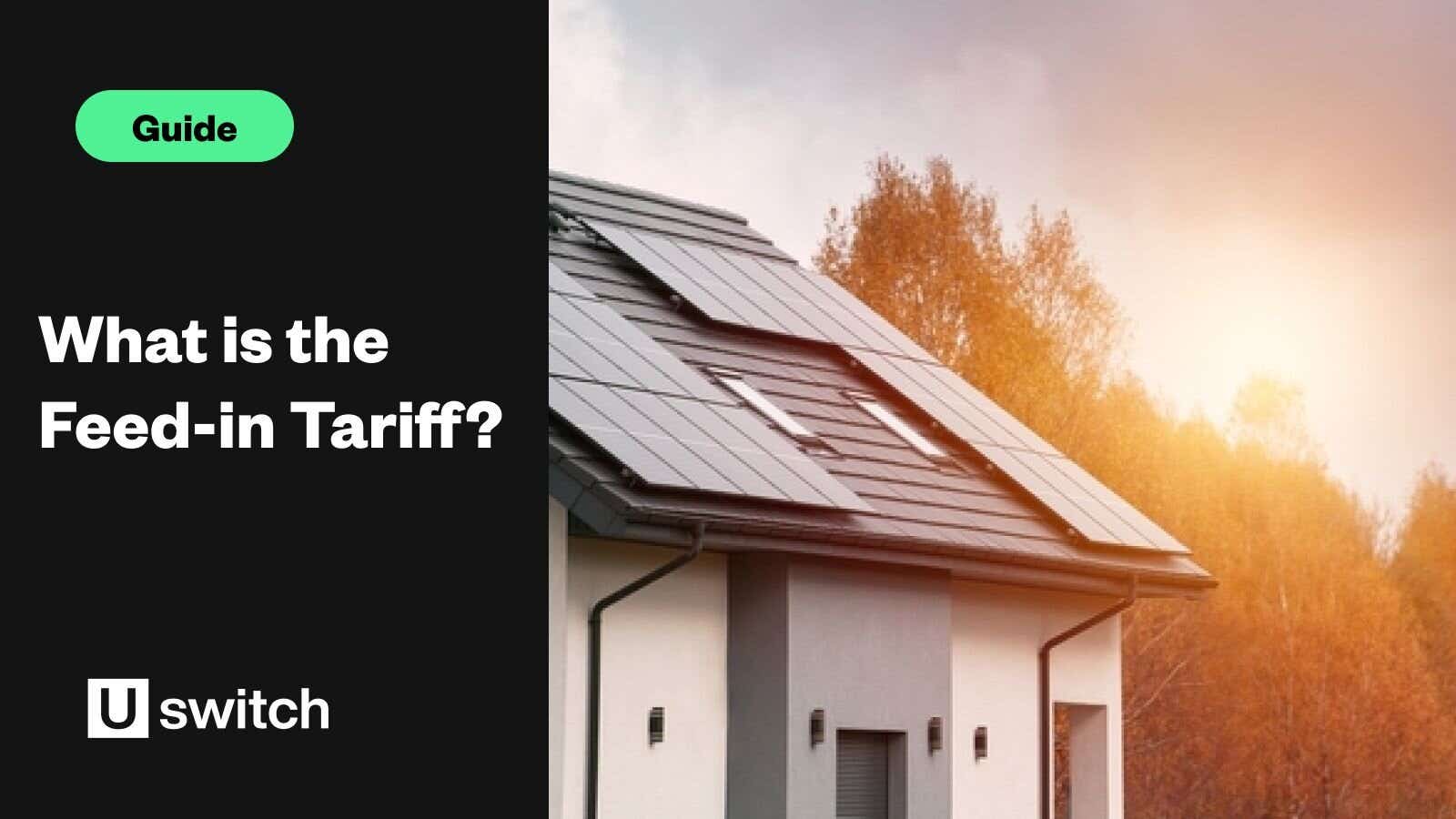NB: Barring a few exceptions, the Feed-in Tariff scheme closed to new applicants on 1 April 2019. The information in this guide should be used for reference only.
What is the Feed-in Tariff?
The Feed-in Tariff scheme — often referred to as FiT — was introduced in 2010 to encourage UK households to invest in renewable energy generation methods such as solar panels.
With the Feed-in Tariff programme, those who generate their own green electricity (called "generators") are paid for doing so by selling it back to the grid via an energy supplier (called "licensees").
How does it work?
The FiT scheme works in three steps:
- Generators install eligible technology such as solar panels in your home.
- They use the electricity that is generated by their system, and sell back the excess energy to the grid via the licensee.
- The licensee arranges the payments based on the rate arranged at the time of installation and the method of generation used.
What kind of technology is eligible for the Feed-in Tariff?
Only certain methods of electricity generation are eligible for FiT. Those include:
- Solar power (the most popular method under the scheme)
- Wind power
- Hydro
- Anaerobic digestion (plant and animal material is broken down by bacteria, which produces methane that can then be used to generate energy)
- Micro Combined Heat and Power (CHP) - this produces both heat and electricity from one process.
How much does the Feed-in Tariff pay?
The FiT scheme pays rates as set by Ofgem, and reviewed and published every three months.
The most recent FiT rates for all methods of generation can be reviewed and downloaded here.
It should be noted that recent government changes mean that renewable energy systems installed after 1 January 2016, will be paid a significantly lower FiT rate than those installed before this date.
Another change to this scheme is that it pays for 20 years instead of 25. That change, coupled with the lower payout rate, means that solar panel systems particularly (the most popular method under the scheme) will take longer to pay for themselves.
Can I switch my energy without losing my Feed-in Tariff?
Yes, you can switch your energy supplier even with a Feed-in Tariff without losing your payments or having the payment rate changed.
You can switch your household energy supplier to one that does not participate the Feed-in Tariff scheme, while keeping your FiT with your existing provider.
Which energy suppliers can I switch to with the Feed-in Tariff scheme?
You can switch to any energy supplier that is a Feed-In Tariff licensee.
There are two main types of licensed FiT supplier:
- Mandatory - All energy suppliers with over 250,000 customers must be part of the Feed-in Tariff scheme.
- Voluntary - All energy suppliers with fewer than 250,000 customers can apply to be part of the scheme. These are generally small energy suppliers that make green energy a focal point of their business model.
You can view the full list of licensed Feed-in Tariff suppliers here.
It's worth bearing in mind that switching energy supplier will not change your Feed-in Tariff payment rate. These rates are set by the government, so changing energy supplier will not impact your rate.
What replaced the Feed-in Tariff scheme?
The Smart Export Guarantee replaced the Feed-in Tariff scheme on 1 January 2020.
The process is more or less the same as the Feed-in Tariff. Generators apply directly to a licensee, which doesn't have to be their energy supplier. Payment amounts and contract lengths are set by the licensee.


